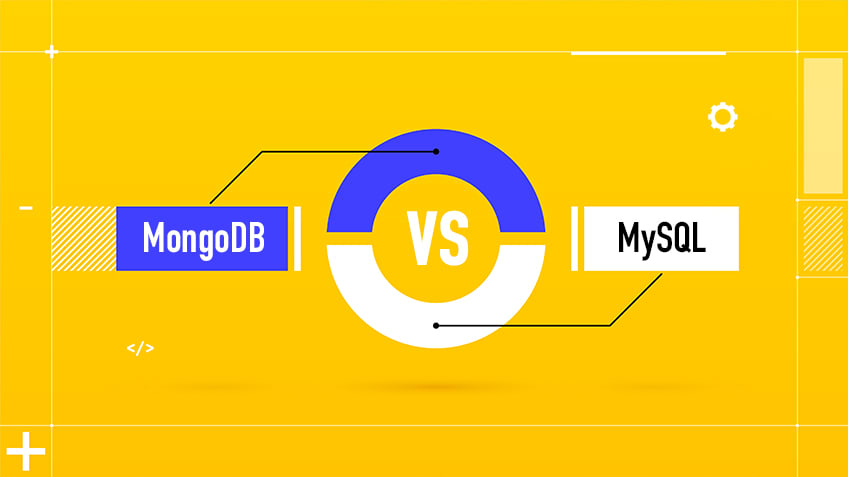

PostgreSQL ultimately employs SQL, a structured query language, to define, access and manipulate the database. This is then translated to JSON to be read when you open your collection. MongoDB uses BSON (binary JavaScript Object Notation) under the hood to make querying fast.
Mongodb performance vs postgres install#
HarperDB is written in Node.js (LMDB is written in C, and Python is used in the install process). MongoDB is mainly programmed in C, C++, and JavaScript language. (There is not a PostgreSQL Cloud like there is with HarperDB Cloud and MongoDB Atlas, but cloud providers offer PostgreSQL-as-a-service.) Under the hood MongoDB, PostgreSQL and HarperDB can each run anywhere in the cloud, locally, data center, etc. HarperDB is allowing developers from relational backgrounds to use their existing knowledge with SQL with a database that also allows their team to use NoSQL from the same data model. PostgreSQL: HarperDB is more flexible than PostgreSQL, which is a great technology for complicated data or strict consistency, but HarperDB has simplified much of the work on installation, configuration, and administration. HarperDB's data storage algorithm written on top of LMDB enables both high scale reads and writes, resulting in high performance overall.) (Mongo is optimized for high scale writes, but not for reads. HarperDB also has a native REST API, supports SQL on JSON, and can be easier to use and manage. Benchmark tests found that HarperDB is 37 times faster than Mongo at less than half the price.
Mongodb performance vs postgres full#
MongoDB: MongoDB is a document store which is great for unstructured data, whereas HarperDB offers full document store capability plus enterprise grade ACID SQL. Ultimately PostgreSQL enforces schema validations whereas Mongo does not. MongoDB is a NoSQL database often used for simpler, more unstructured data, great for app development. PostgreSQL: PostgreSQL is a relational database handling more complex procedures, designs, and integrations.

Custom Functions are serverless, highly customizable API endpoints that interact with HarperDB Core operations. (For example, you can ingest data via NoSQL JSON then immediately query it via SQL). HarperDB is a distributed database with a REST API and dynamic schema, that supports NoSQL and SQL including joins. Mainly used for relational data, it is object-oriented in nature. PostgreSQL is a traditional RDBMS (relational database management system). It is document-oriented, and uses JSON-like documents with optional schemas. MongoDB is classified as a NoSQL database. Therefore, to avoid redundancy, in this post I will focus a bit more on HarperDB compared to the two. This article from Educative is one great place to start for understanding differences between them. However, while MongoDB and PostgreSQL are actually quite different from one another, HarperDB lies somewhere in the middle.Īs mentioned, there are numerous resources out there comparing MongoDB and PostgreSQL, which are both awesome databases. These technologies are all similar in that they are used to store data, but that simple concept is where the similarities end. That article provides a great high level explanation across all different types of databases, but today we’ll get a but more specific. Referring to my database architecture overview post again: It’s important to understand things such as data type / structure, data volume, consistency, write & read frequency, hosting, cost, security, and integration constraints. However, with HarperDB being a net new database, I thought it might be helpful to throw it in the mix to provide further clarity.

With MongoDB and PostgreSQL being two of the most popular tools out there, you may already know that there are tons of resources comparing the two. So today let’s do a comparison of three different database systems.Īs stated in my Database Architectures & Use Cases article: In most cases, it’s not that one database is better than the other, it’s that one is a better fit for a specific use case due to numerous factors. The point of this article is not to determine which database is the best, but to help uncover the factors to consider when selecting a database for your specific project. When it comes to products and technology, a lot of people ask “how are you different,” but different from what? You need some sort of baseline to start from, so you can say, “Similar to X, but different because of Y.” Because of this, comparisons, competitive analysis, and feature matrices are a great way to understand which technology solutions are right for you. This makes sense, it’s probably a natural instinct. Many people learn or understand new things relative to things they already know.


 0 kommentar(er)
0 kommentar(er)
